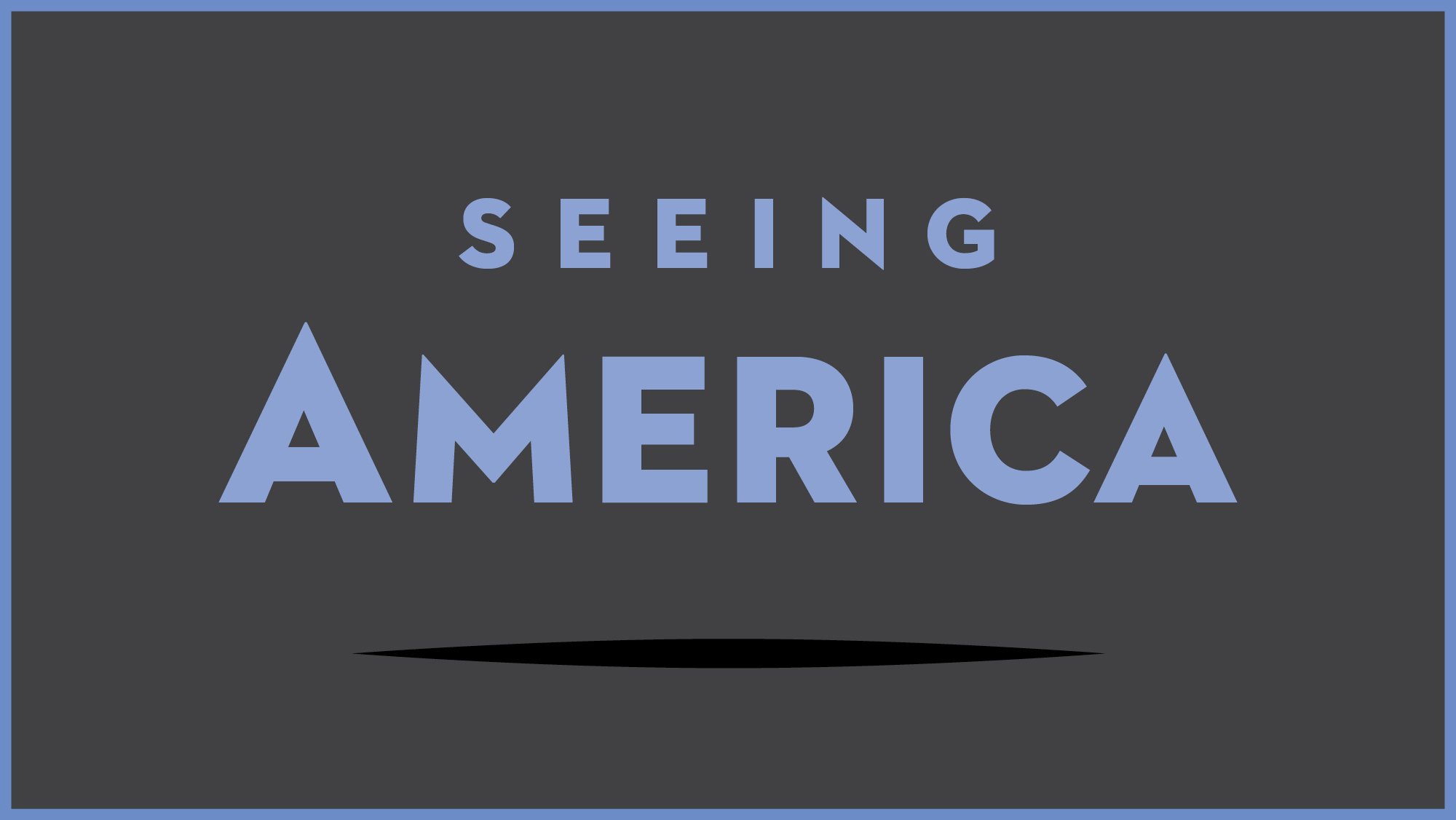Test your knowledge with a quiz
Hanson, Executive
Key Points
- The rise of immigration in the mid-nineteenth century led to an anti-immigration backlash and the political party, the Know-Nothings. This group engaged in violent acts of intimidation and suppression and their membership included prominent politicians and community leaders.
- Although the artist, David Gilmour Blythe, had anti-immigrant sympathies, he also distrusted the judiciary and the press. It is difficult to decipher his position in this painting. His courtroom is dark and shadowy, his immigrants are unidealized, his judge seems aloof and biased. There is a sense of uneasiness and vulnerability, but little indication that justice will prevail.
Go Deeper
This painting at the deYoung Museum of Art
Read about the American Party (The Know Nothing Party)
Learn more about the Know Nothing Party using primary sources
Read about anti-immigrant campaigns and voter suppression in the 19th century
Find additional reading suggestions about the history of immigration in America
More to think about
Blythe’s painting reminds us of the long history of racism and anti-immigration attitudes in the U.S., as well as skepticism among the public about the ability of the press and legal system to ensure social justice. If Blythe was addressing these issues today, how would he revise his painting?






